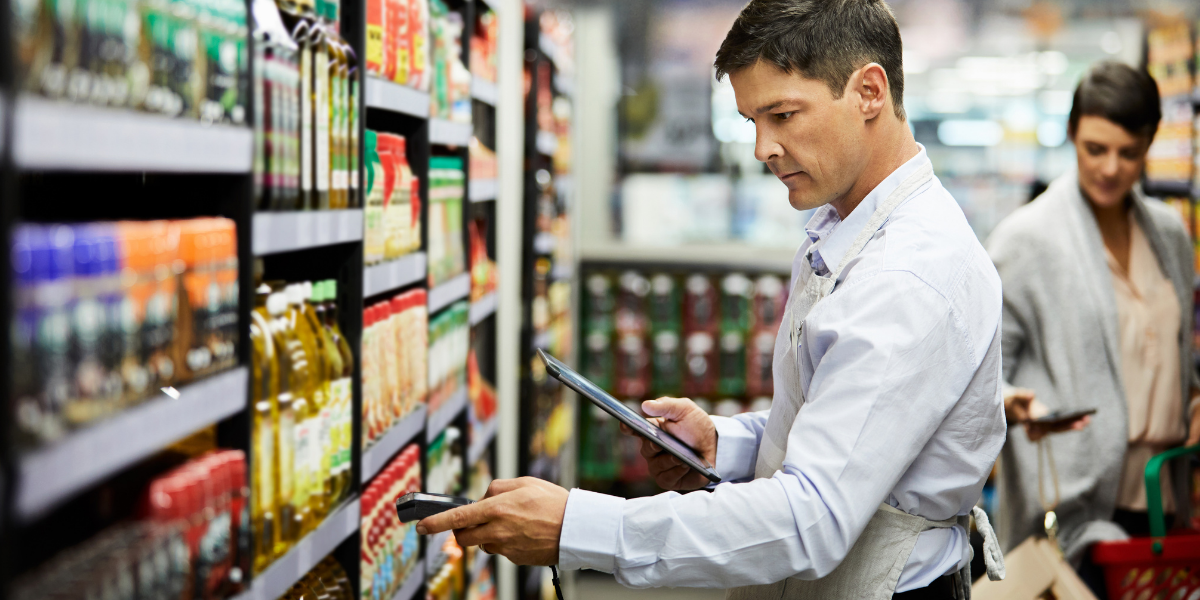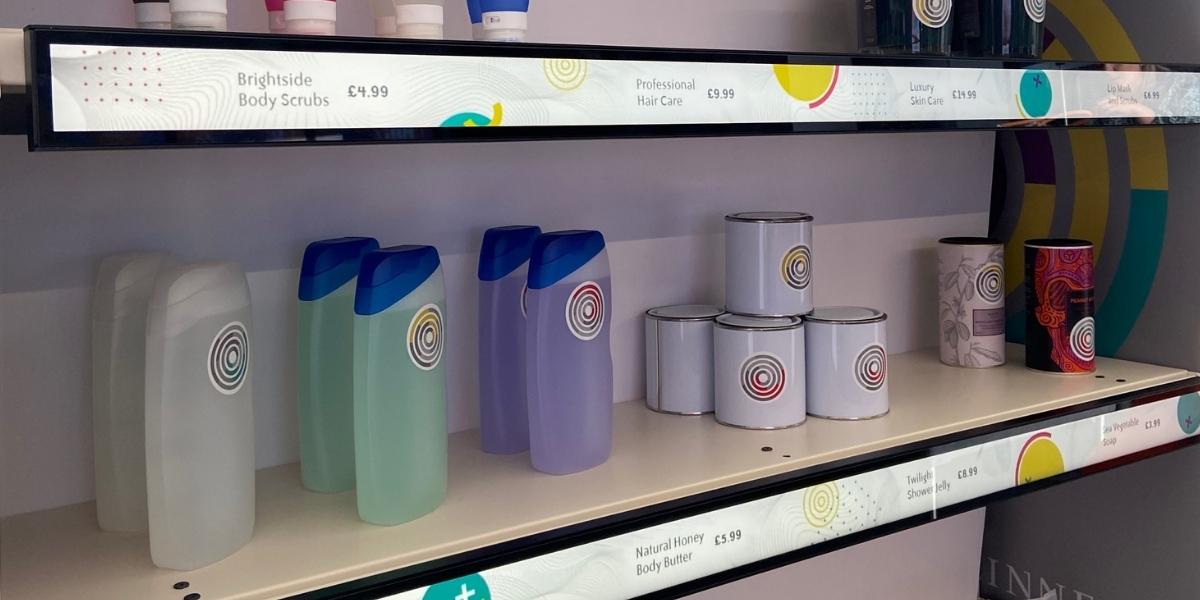More and more physical retailers are feeling the need to try and replicate the success story of ecommerce by offering an enhanced customer experience in-store.
Online shopping was reinforced as the dominant form of commerce for many consumers globally during Covid-19 lockdowns, and now many bricks and mortar retailers are looking for new strategies to combat the resultant decline in their in-store sales.

In-store digital transformation
As retailers re-imagine the in-store experience, many are looking to digital solutions to improve consumer engagement and address operational challenges such as staff shortages. Electronic shelf labels are a key technology that can make a big difference on both counts.
Electronic shelf edge labels (ESL) are bridging the gap between in-store and online convenience thanks to their agility; echoing the on-screen experience which customers enjoy.
Ideal for retail sectors with fast-moving or perishable items, ESLs are an effective replacement for time-intensive and expensive manual labelling. With rising labour shortages across all sectors, digital SELs offer an opportunity for associates to focus on value-added activities, such as customer service and merchandising.

Why use electronic shelf labels?
Prices for individual stores, or an entire estate, can be changed in seconds using a content management system (CMS), like Linney’s bespoke MyScreens software, while automated options, such as dynamic pricing, dayparting, or graduated mark-downs and can be used to amend content immediately for consistently relevant information. Business intelligence and trend-analysis systems linked to the CMS can also cross-reference with competitors to price match in near real-time.
Displaying stock levels via ESLs could increase urgency and help persuade the customer to buy on impulse. Out-of-stock items can display a QR code, which sends the customer directly to the retailer’s ecommerce platform or app, accompanied by messaging explaining the simplicity of the ordering process.
ESLs can ensure that in-store pricing matches prices displayed online, which is vital as shoppers will generally price check items using their phones to ensure they are getting the best deal. If prices and promotions are identical across both channels, customers will have more faith in the brand, reinforcing the value of the omnichannel experience.

Online shoppers are already familiar with the promotions and discounts offered by ecommerce platforms. Electronic shelf label technology offers physical retailers the ability to mimic these tactics in-store, which is likely to increase sales conversion.
As well as offering greater transparency to shoppers, retailers can also collaborate more closely with brands. ESLs offer the ability for immediate competitor price-matching or strategic discounting to protect product margins – a much easier and more cost-effective way to adapt to market activity.
Linnney as your ESL supplier
Retailers are often concerned about the cost of implementing additional technology and the time taken to install ESL. Digital signage strategies will certainly require investment, and Linney has been relentless in its approach to providing enterprise-ready solutions that mitigate any concerns around deployment, operation, or maintenance.